Why Tempered Glass Is Mandatory in High-Traffic Areas
In busy environments where safety and durability are critical, tempered glass has become the industry standard. From gym mirrors and office partitions to retail shopfronts and hotel lobbies, it provides unmatched strength and safety compliance that ordinary glass cannot achieve.
What Is Tempered Glass?
Tempered glass, also called toughened glass, is manufactured through a controlled heat-treatment process that strengthens the surface structure up to five times more than ordinary glass. When it breaks, it crumbles into small granular fragments rather than sharp shards — minimizing injury risk.
Because of its enhanced safety performance, tempered glass is classified as a “safety glazing material” under U.S. standards such as ANSI Z97.1 and CPSC 16 CFR 1201.
Why It’s Mandatory in High-Traffic Spaces
Locations where people frequently pass, push, or lean against glass surfaces pose a higher risk of impact-related injuries. That’s why building and workplace codes — including OSHA 29 CFR 1910 — require tempered or laminated safety glass in these zones.
- Entrance Doors & Lobbies: Glass in entryways and corridors must be impact-safe.
- Retail & Hospitality: Shopfronts, shelving, and mirrors exposed to public use.
- Gyms & Studios: Large mirror walls that could shatter under accidental contact.
- Office Partitions: Transparent barriers near walkways or conference areas.
In each case, tempered glass reduces liability, prevents serious injury, and ensures compliance with safety regulations.
Key Benefits of Tempered Glass
1. Superior Strength
Approximately 4–5 times stronger than standard annealed glass.
2. Safe Breakage Pattern
Shatters into small, dull fragments that minimize injury.
3. Thermal Resistance
Withstands heat, cold, and rapid temperature fluctuations.
4. Scratch Resistance
Ideal for busy environments such as gyms, malls, and offices.
5. Code Compliance
Fully compliant with OSHA, ANSI Z97.1, and CPSC 16 CFR 1201 standards.
6. Design Versatility
Available in clear, tinted, frosted, or mirrored finishes for modern interiors.
Tempered vs. Regular Glass
How to Choose the Right Tempered Glass
- Verify the glass thickness according to panel size and load (6 mm – 12 mm typical).
- Ensure an etched marking confirming ANSI Z97.1 / CPSC certification.
- For mirrors, request safety-backed film to hold fragments if broken.
- Hire qualified installers familiar with local building codes and OSHA standards.
Learn More
To explore detailed specifications and UK compliance guidelines, visit
GlassHelp – Tempered Glass,
where you can find ordering options and safety information tailored for residential and commercial projects.

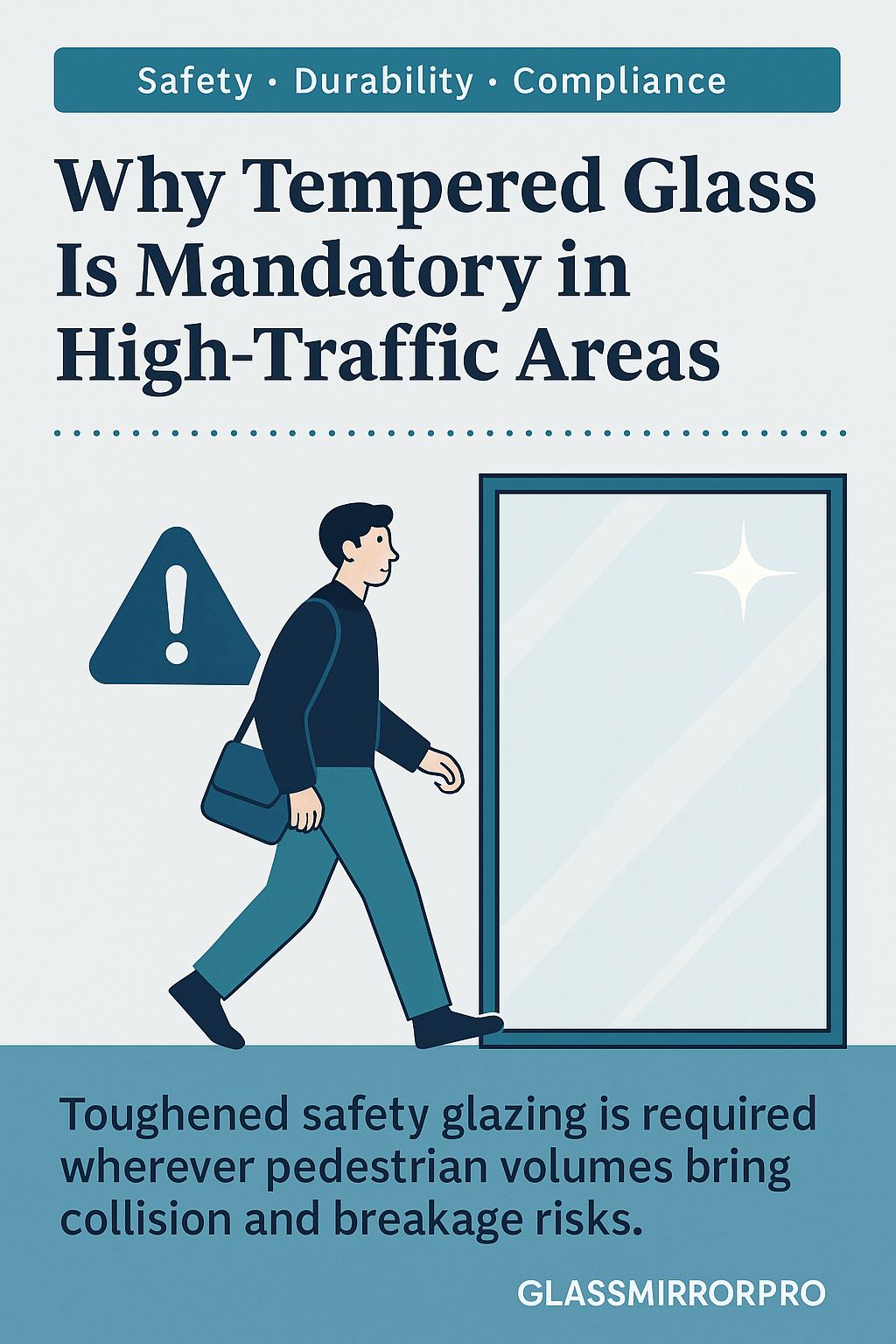
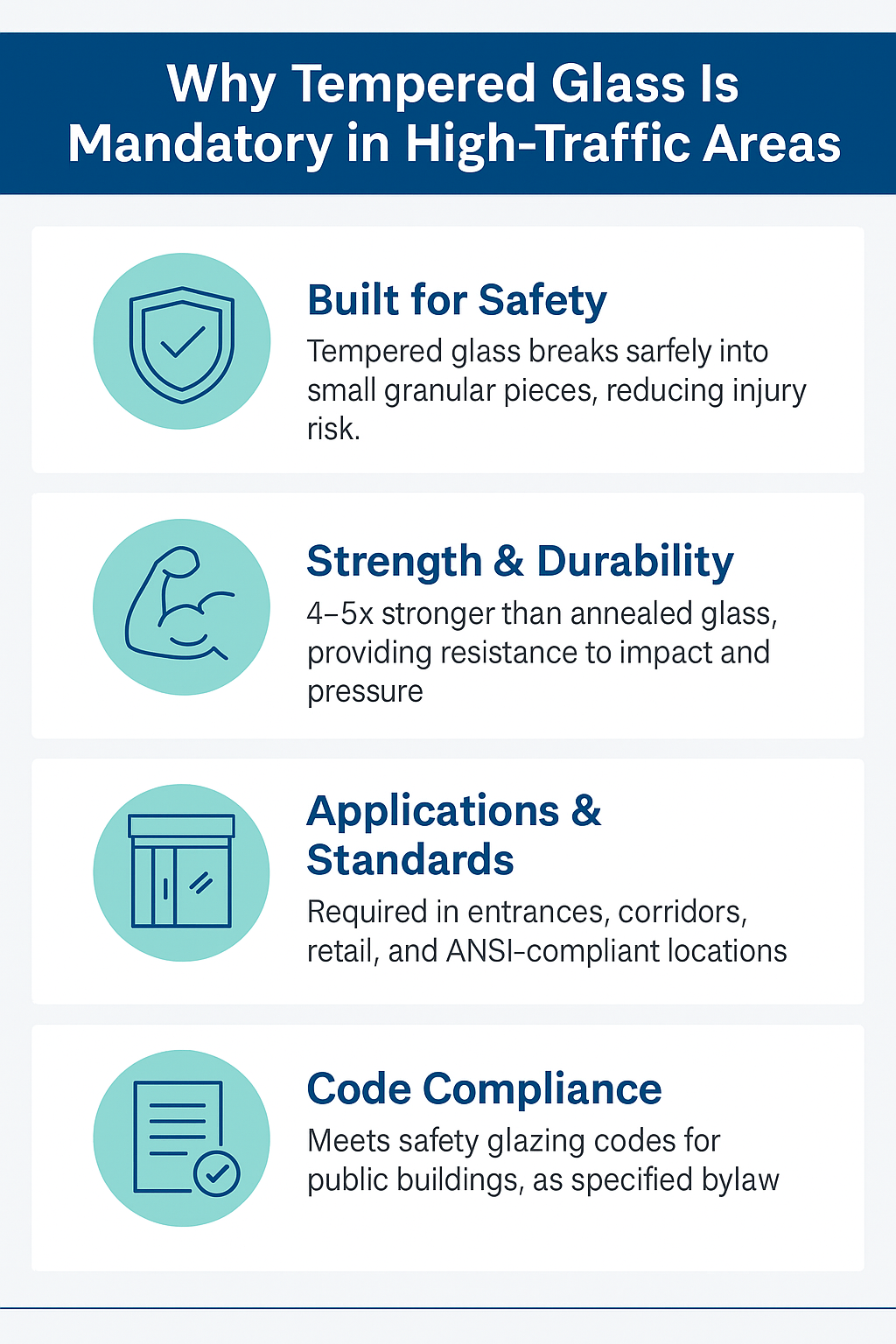
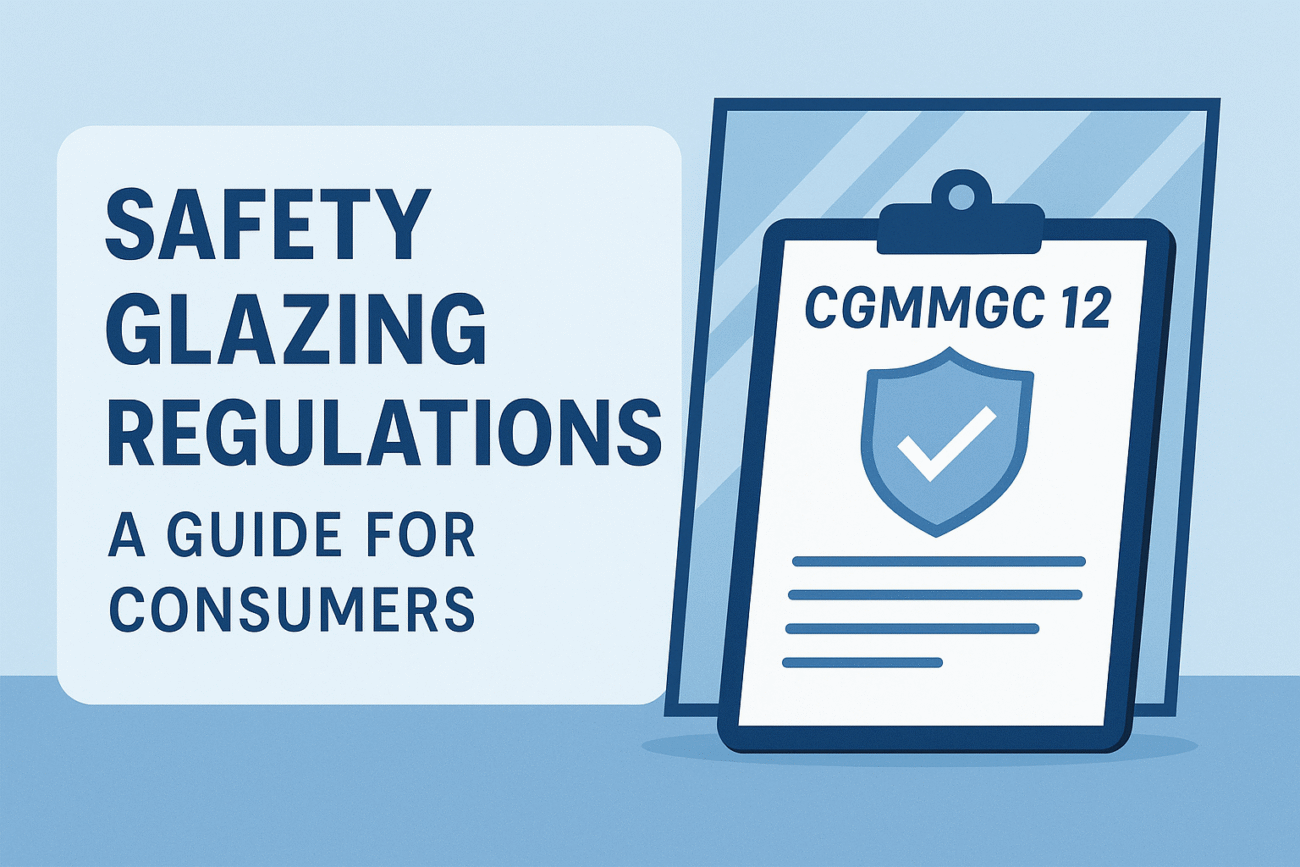
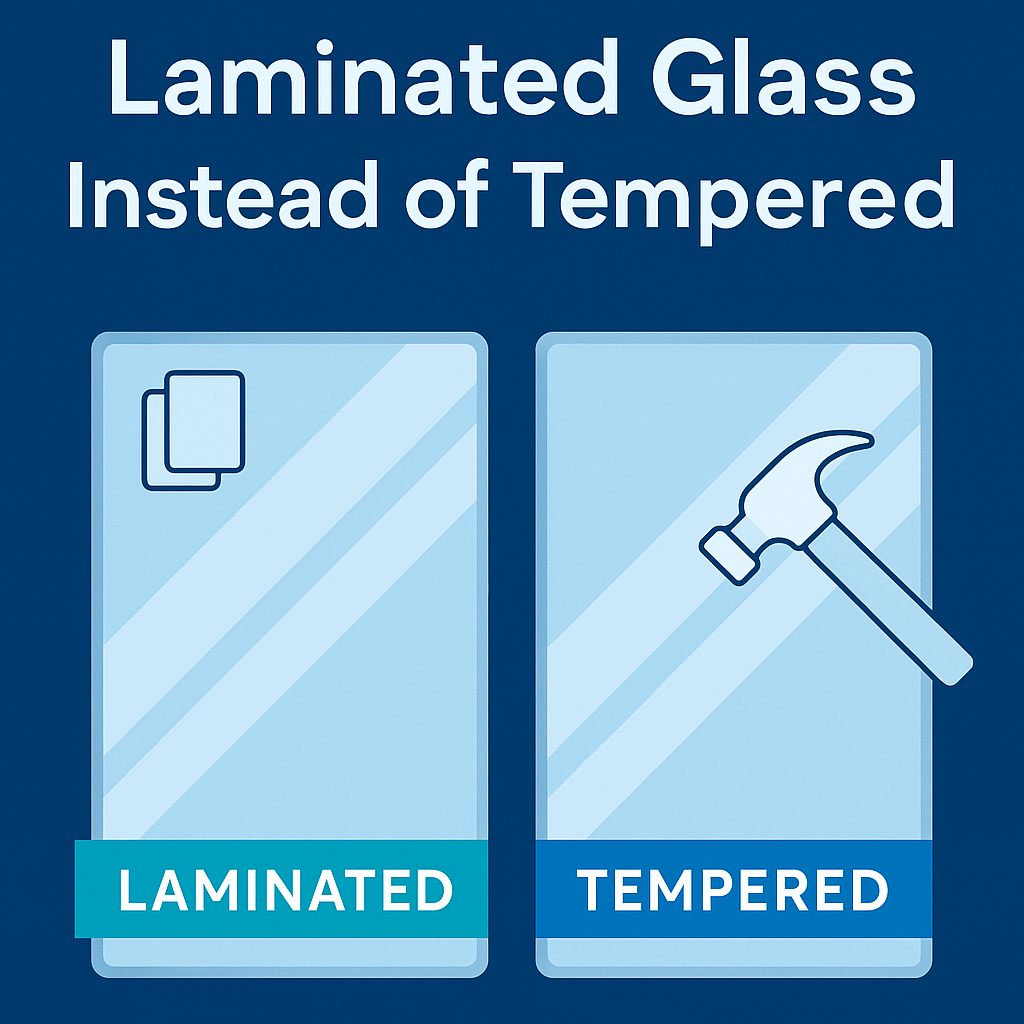
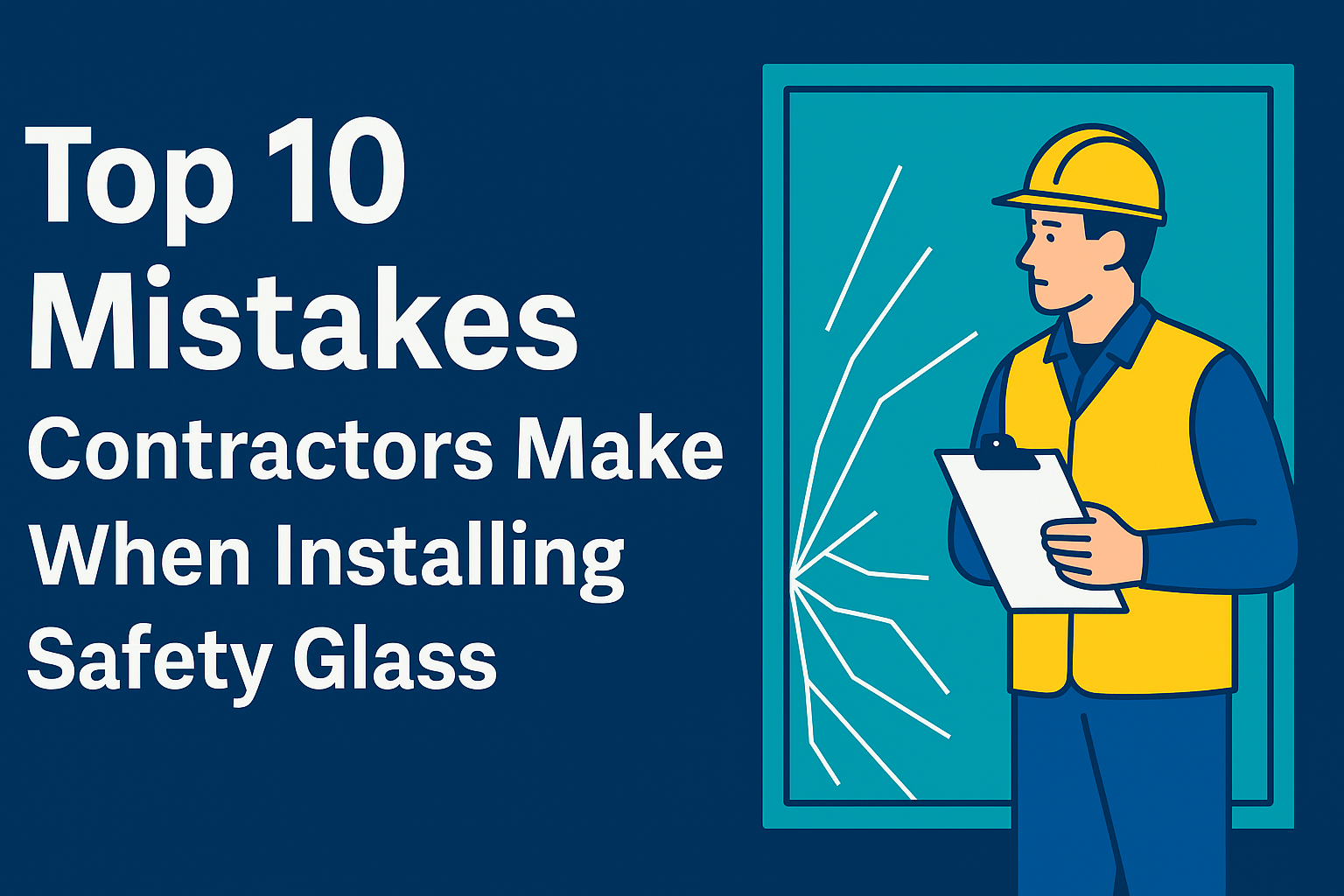
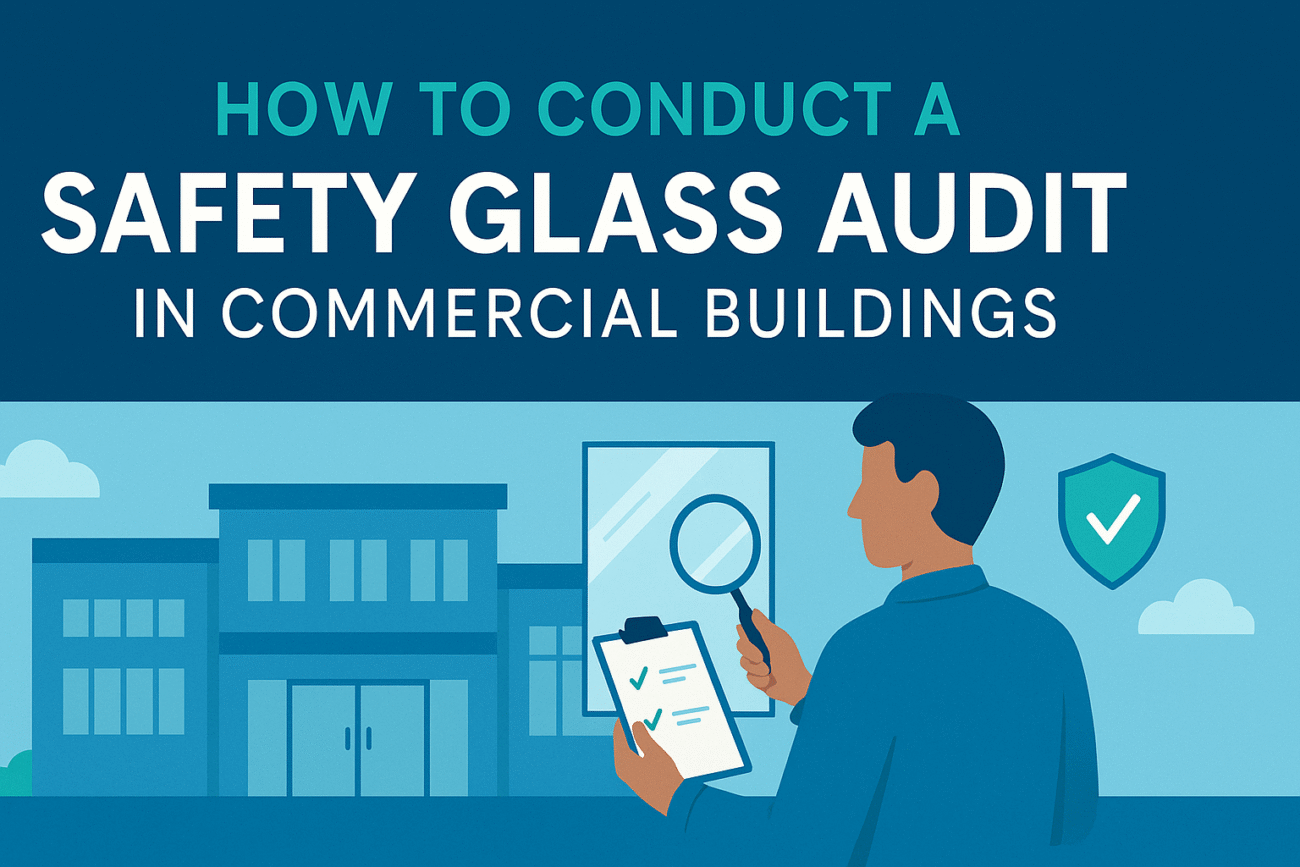
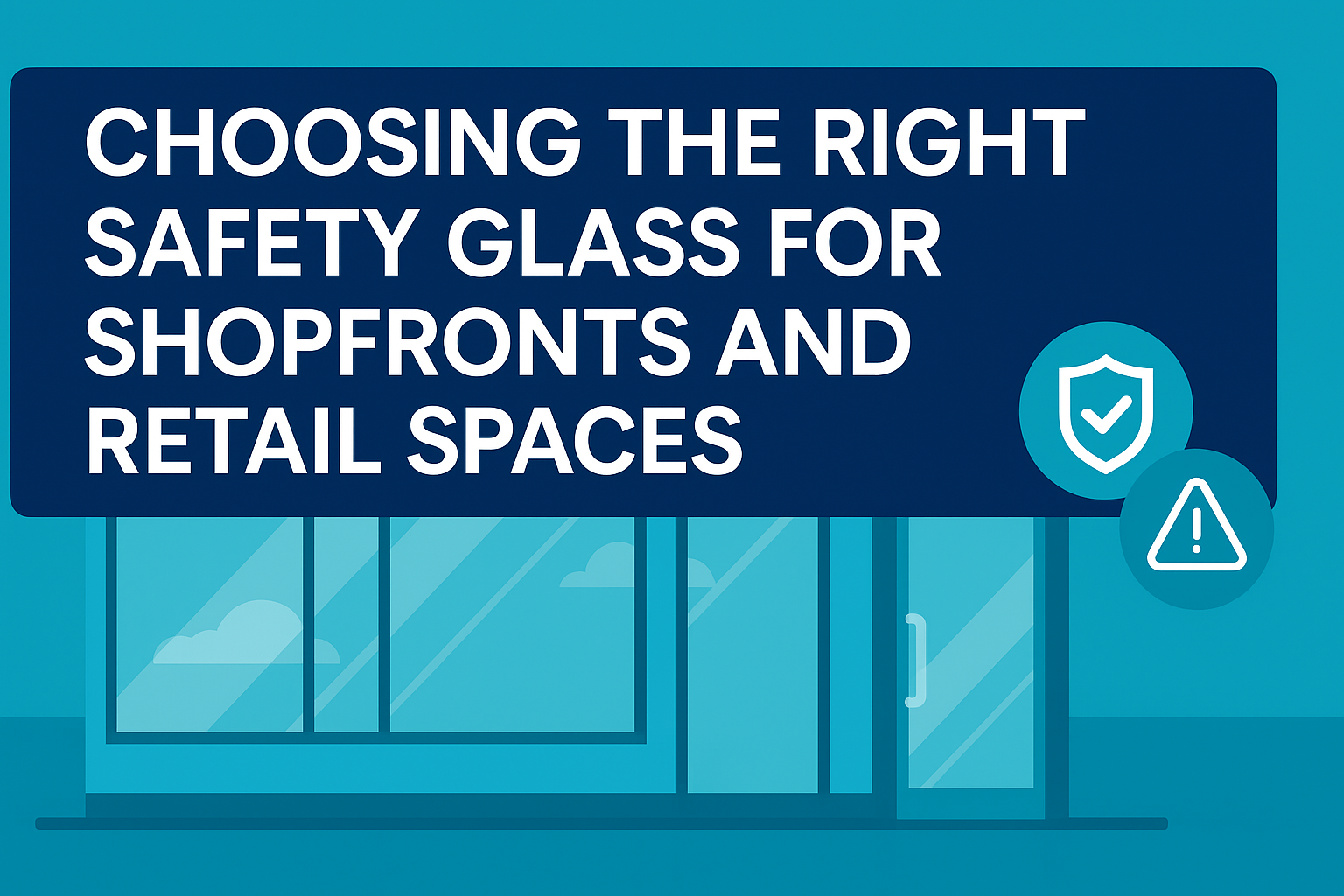
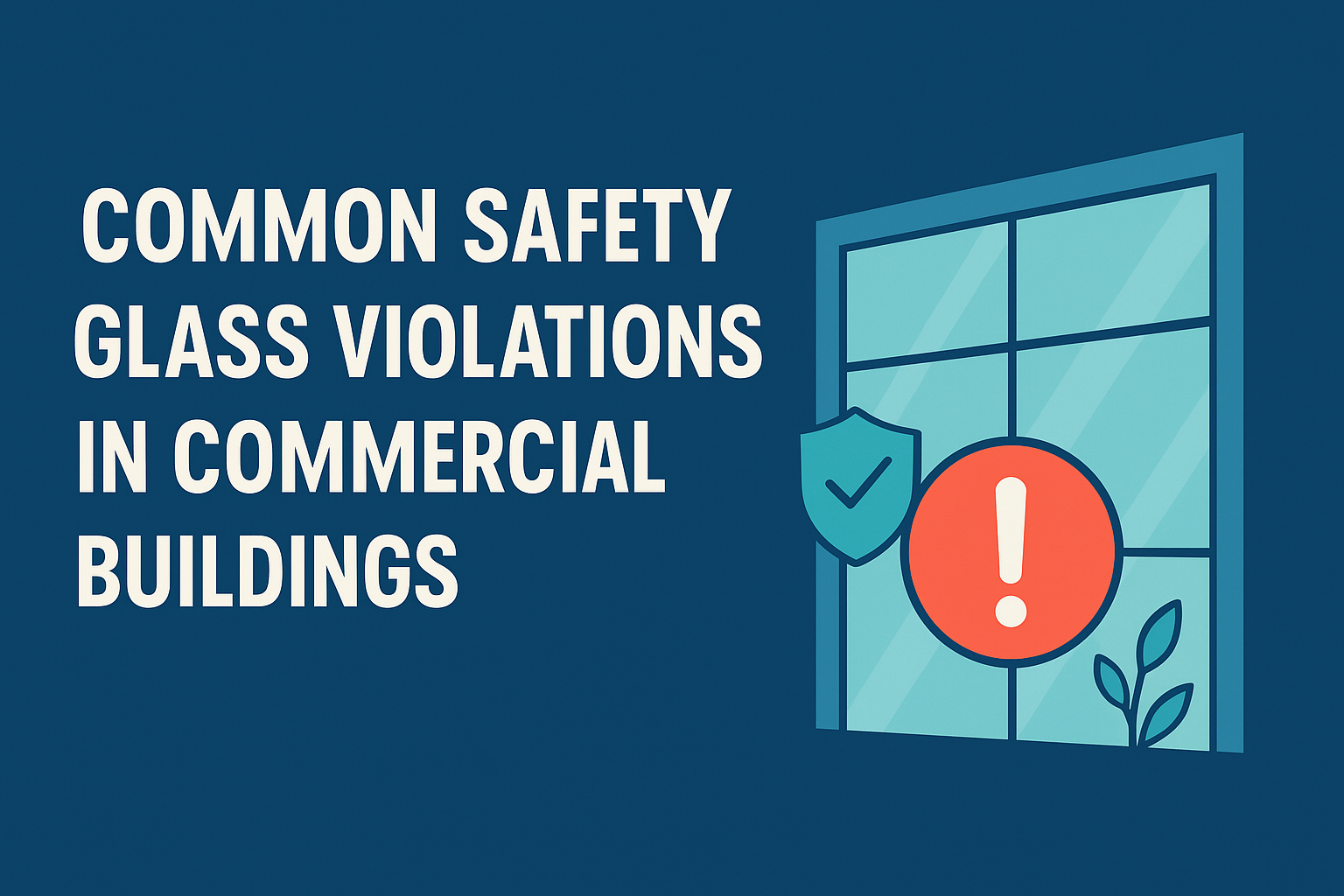
Leave a comment